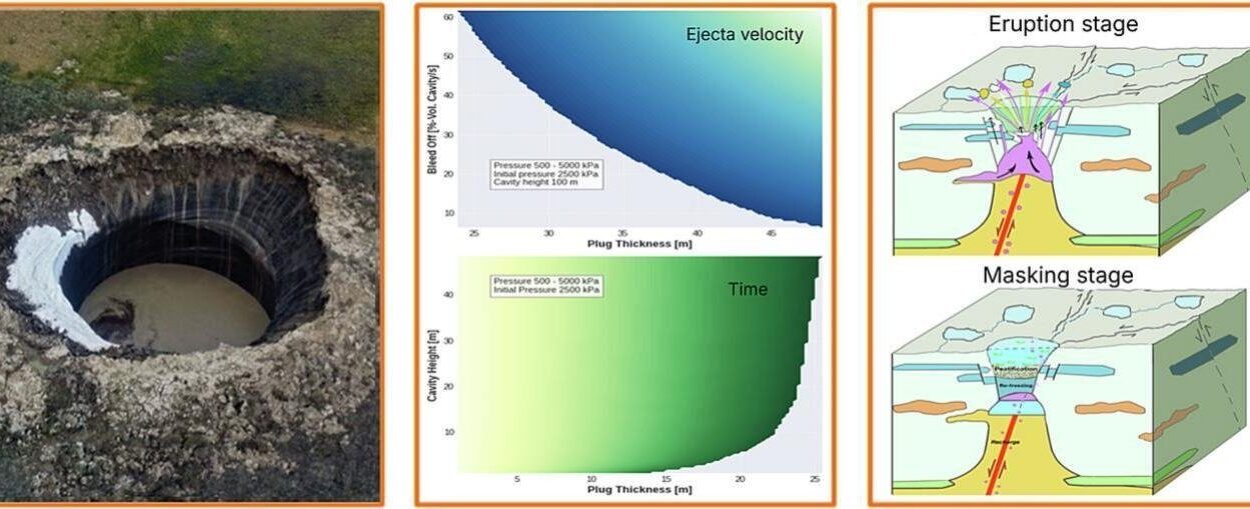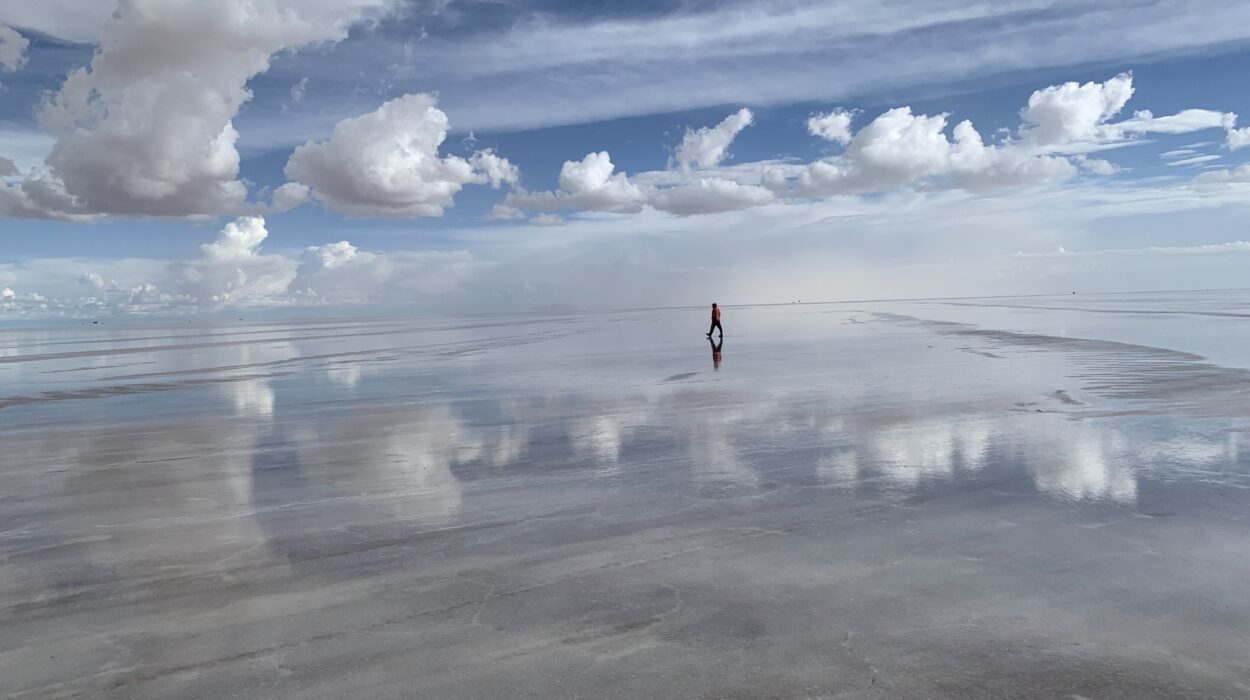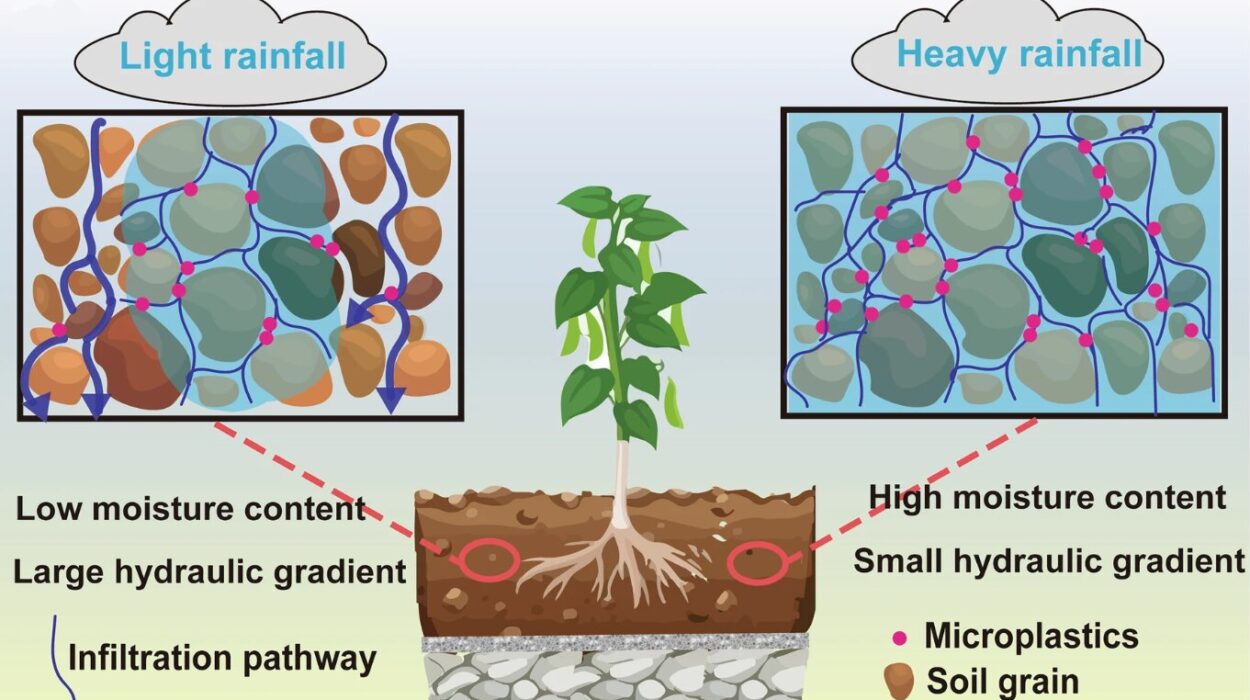The weather is one of the oldest conversations in human history. It shapes what we wear, how we travel, what we eat, and sometimes even how we feel. For millennia, it was a background character in our lives — sometimes pleasant, sometimes inconvenient, occasionally destructive. But in recent decades, something has shifted. Weather has become news, and not just because it’s unpredictable; it’s because it’s growing extreme.
From blistering heat waves that suffocate entire cities to flash floods that turn familiar streets into rivers within minutes, extreme weather is rewriting the rhythm of seasons and the boundaries of safety. This is not merely the chaos of nature doing what it has always done. It’s a complex interplay of climate change, urban growth, and shifting atmospheric patterns — a story written in degrees Celsius, millimeters of rain, and the fragile resilience of human lives.
To decode extreme weather, we must understand it not as a collection of freak events, but as a connected web of forces, each thread tugging on the others. And to grasp its urgency, we must remember that for the people in its path, extreme weather is not a phenomenon — it’s a day that can change everything.
The Science of Extremes
Every weather event starts with physics. The sun’s energy, unevenly distributed across Earth’s curved surface, drives temperature differences, air circulation, and the movement of moisture. But extremes occur when ordinary atmospheric processes push beyond their usual range. In a sense, they are the weather system’s “loud notes,” amplified by unusual alignments of temperature, pressure, and humidity.
Heat waves, for example, emerge when high-pressure systems linger over a region, trapping warm air near the surface. Without clouds to shield the ground from sunlight, and without wind to move the heat away, temperatures can soar day after day. Flash floods, by contrast, arise from sudden, intense bursts of rain that overwhelm soil absorption and drainage capacity — a collision between atmospheric moisture and gravity’s unstoppable pull.
While weather has always had its extremes, the 21st century is experiencing a new twist: the climate baseline has shifted. Global temperatures are rising, ice sheets are shrinking, oceans are absorbing more heat, and atmospheric circulation is being disrupted. This is like adding more fuel to a fire — the same weather patterns now have the potential to burn hotter, rage longer, and spread wider.
Heat Waves: Silent Killers
A heat wave doesn’t arrive with the drama of a hurricane or the violence of a tornado. Its threat is subtle, almost invisible. The sun shines, the sky is clear, and the air feels heavy. But beneath that calm appearance lies a profound danger. Prolonged heat places enormous stress on the human body, especially on the elderly, children, outdoor workers, and those with existing health conditions.
Physiologically, heat waves challenge our natural cooling mechanisms. Sweating becomes less effective as humidity rises, and the body’s core temperature can climb to dangerous levels. Dehydration sets in, and heat exhaustion can progress to heatstroke, which can be fatal without immediate intervention. Cities are especially vulnerable due to the urban heat island effect — concrete, asphalt, and metal absorb and radiate heat, making urban areas several degrees hotter than surrounding countryside.
One of the most devastating examples occurred in Europe during the summer of 2003, when an extended heat wave claimed tens of thousands of lives. Hospitals overflowed, morgues reached capacity, and the event forced a reckoning with how societies prepare for heat. Since then, warning systems, cooling centers, and public health campaigns have saved lives, but the risk is growing as summers become hotter and more erratic.
Flash Floods: Water’s Sudden Fury
If heat waves are the silent killers, flash floods are the ambush predators of weather. They strike quickly, often with little warning, and their destructive power comes not from wind or hail, but from sheer water volume. A single thunderstorm can dump more rain in an hour than a city might normally see in a month, turning roads into torrents and submerging cars and homes.
The mechanics are deceptively simple: when rain falls faster than the ground can absorb it, the excess water flows downhill. In urban areas, impermeable surfaces like pavement and rooftops speed this process, channeling water into streets and storm drains that can quickly overflow. In mountainous or desert regions, where soil may be hard and dry, the same effect can occur even without urban infrastructure.
Flash floods are particularly deadly because of their unpredictability. Unlike river floods that build over days or weeks, flash floods can surge within minutes of heavy rainfall. In 2022, for example, parts of eastern Kentucky experienced a catastrophic flood event when a stalled storm system unleashed torrents of rain. Many residents had little or no time to evacuate, and the rushing water carried away homes, bridges, and lives.
The Climate Connection
It is no longer scientifically controversial to link the growing frequency and severity of extreme weather events to climate change. Warmer air holds more moisture — about 7% more for every degree Celsius of warming — which supercharges storms and increases the potential for heavy rainfall. At the same time, rising global temperatures make heat waves not only more intense but also more common.
The climate system is interconnected in ways that amplify extremes. Melting Arctic ice, for example, changes temperature gradients between the poles and the equator, which can alter the behavior of the jet stream — the high-altitude river of air that steers weather systems. A weakened, wavier jet stream can cause weather patterns to “stall,” meaning heat domes linger longer, storms sit over the same area, and rain falls relentlessly.
Even when climate change is not the direct cause of a specific extreme event, it acts as a background amplifier, nudging natural variability toward more dangerous thresholds. A heat wave today is more likely to break records than one in the 1970s, and a storm today is more likely to drop record-setting rainfall than one a generation ago.
Human Vulnerability and Inequality
Extreme weather is never just a meteorological story — it’s also a social one. The same storm or heat wave can have vastly different impacts depending on where it strikes, who lives there, and what resources they have. A well-prepared city with robust infrastructure might experience flooding without major casualties, while a poorer, less-equipped community could suffer devastating losses.
Heat waves highlight this disparity sharply. Wealthier households may have air conditioning, while low-income families might rely on fans or open windows, which are far less effective during extreme heat. Similarly, flood defenses like levees, retention basins, and modern drainage systems can protect some areas, while others are left exposed.
These inequalities are not accidental — they are the result of decades of planning decisions, housing policies, and economic disparities. Extreme weather doesn’t create inequality, but it exposes and deepens it.
Forecasting the Unpredictable
Meteorologists today have tools that would have seemed like science fiction a century ago. Satellites orbit the planet, scanning for temperature shifts, cloud patterns, and atmospheric moisture. Supercomputers process trillions of calculations per second, running models that simulate future weather scenarios. Doppler radar tracks rainfall in real time, while networks of sensors feed continuous data into forecasting systems.
And yet, extreme weather remains challenging to predict, especially when it comes to precise location and timing. Small changes in atmospheric conditions can cascade into large differences in outcomes — a principle known as the “butterfly effect.” This means that while forecasters can often predict the general risk of an event days in advance, they may not be able to pinpoint the exact neighborhood or hour until much closer to impact.
This uncertainty can complicate public response. Issue warnings too early or too often, and people may become complacent; issue them too late, and lives can be lost. Improving forecast accuracy — and communicating it effectively — remains one of the most important challenges in meteorology.
Building Resilience
As extreme weather becomes more common, societies are shifting from a mindset of reaction to one of preparation. Resilience means not only building stronger infrastructure but also fostering community networks, public awareness, and adaptive strategies.
For heat waves, resilience might involve expanding urban tree cover to provide shade, using reflective building materials to reduce heat absorption, and ensuring that vulnerable populations have access to cooling centers. For floods, it can mean restoring wetlands to absorb excess water, upgrading drainage systems, and rethinking urban development in flood-prone areas.
Importantly, resilience is not a one-size-fits-all solution. What works in a tropical coastal city may be irrelevant for a dry inland region. Local knowledge, combined with scientific expertise, is key to designing effective strategies.
A Future Written in Weather
The coming decades will test our ability to adapt to an increasingly volatile climate. The choices we make today — in energy use, land management, urban planning, and global cooperation — will shape the severity of tomorrow’s extremes. While it’s true that some warming is already locked in due to past emissions, the trajectory from here is still in human hands.
Extreme weather will never disappear. It has always been a part of Earth’s natural variability. But by decoding its patterns, understanding its drivers, and preparing for its impacts, we can shift from being passive victims to active shapers of our fate.
The storms and heat waves of the future will tell their own stories. Whether they are tales of loss or resilience will depend, in no small part, on what we do now.






